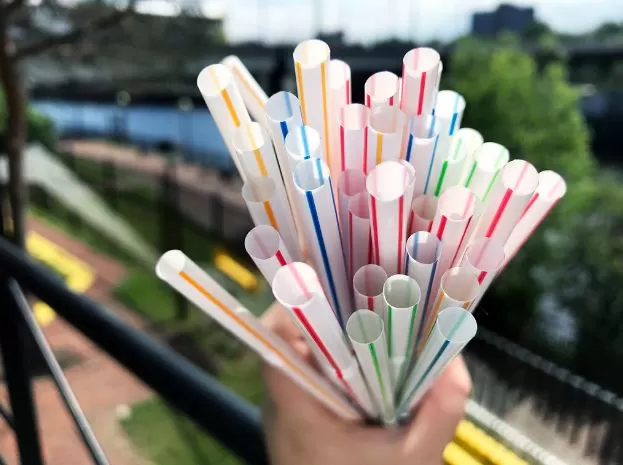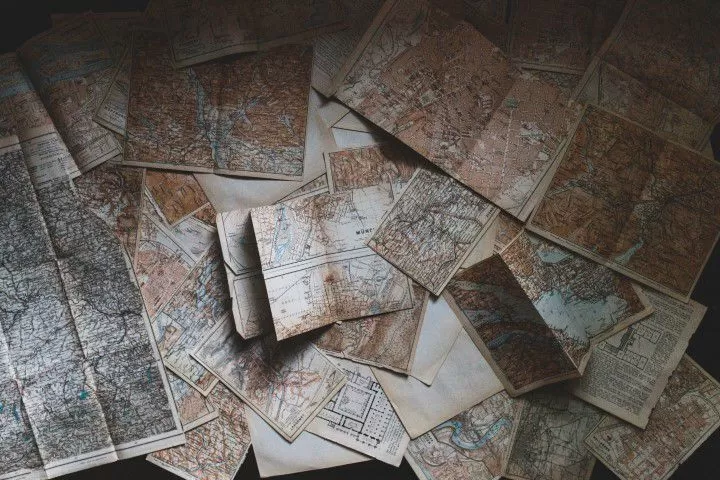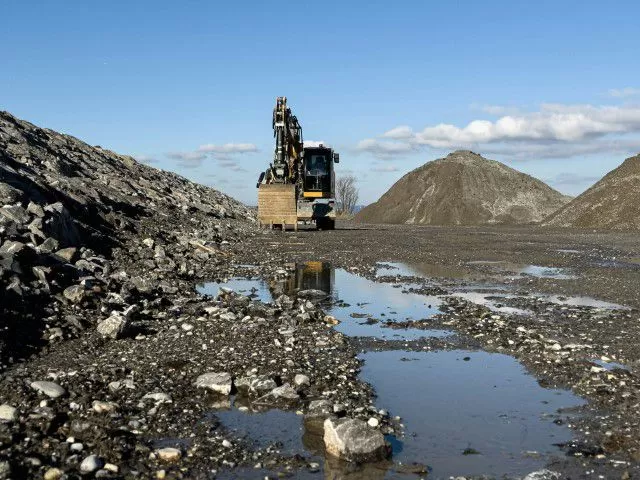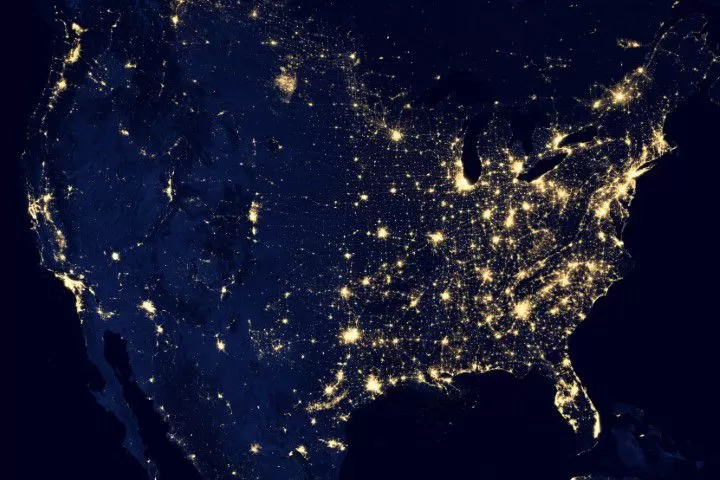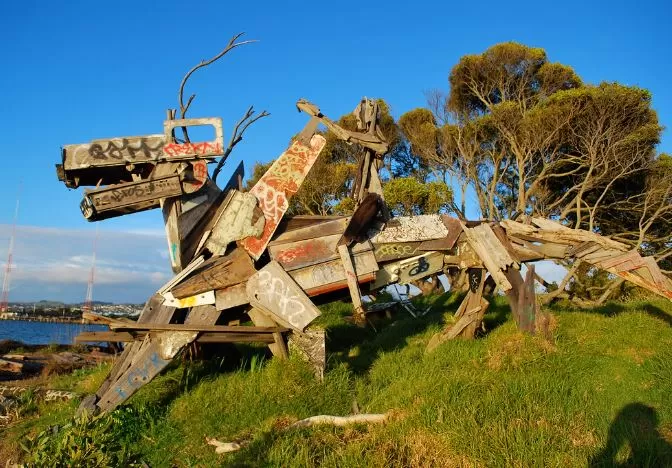
In a world where waste is often viewed as nothing more than an eyesore or an environmental hazard, some artists see landfills as treasure troves of raw materials. These creatives are turning trash into extraordinary works of art, challenging our perceptions of waste and demonstrating the potential for beauty in the most unexpected places. This movement, often referred to as “landfill art” or “recycled art,” is not only a celebration of creativity but also a powerful commentary on consumerism, sustainability, and the environment.
The Origins of Landfill Art
The concept of using discarded materials in art is not entirely new. Throughout history, artists have experimented with found objects, repurposing everyday items to create something new and meaningful. However, the modern landfill art movement gained significant traction in the late 20th century, as environmental concerns became more prominent and artists sought to address issues of waste and sustainability through their work.
One of the pioneers of this movement was the American artist Robert Rauschenberg, who in the 1950s began incorporating found objects into his paintings and sculptures. Rauschenberg’s “Combines,” as he called them, included everything from old newspapers to broken furniture, blurring the lines between traditional art forms and everyday detritus. His work laid the groundwork for future generations of artists who would continue to explore the artistic potential of discarded materials.
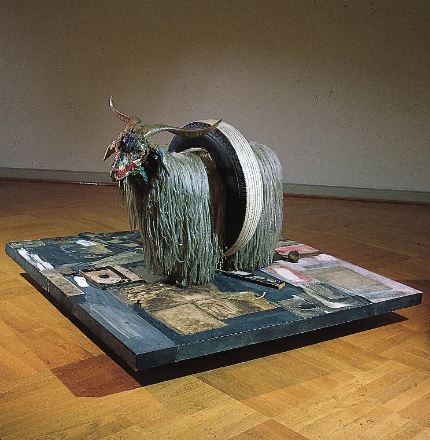
As awareness of environmental issues grew, more artists began to see the creative possibilities in what others considered garbage. The idea of transforming waste into art resonated with a society increasingly concerned about overconsumption, pollution, and the growing problem of landfills filled to capacity. Today, landfill art is a thriving global movement, with artists around the world turning trash into thought-provoking and visually stunning works.
The Process: From Trash to Treasure
Creating landfill art involves more than just picking up random pieces of garbage and arranging them in an aesthetically pleasing way. For many artists, the process is a meticulous and thoughtful one, beginning with the selection of materials and culminating in the creation of a piece that conveys a deeper message.
Material Selection: The first step in creating landfill art is sourcing the materials. Artists often visit landfills, scrapyards, or recycling centers to find objects that speak to them. Some may look for specific items, such as plastics, metals, or glass, while others might be drawn to the potential of a seemingly random assortment of materials. The act of selecting these items is itself a form of curation, as artists choose objects that resonate with the themes they wish to explore.
Transformation: Once the materials are gathered, the transformation process begins. This might involve cleaning, cutting, welding, painting, or assembling the materials in various ways. The goal is to elevate these discarded objects into something new and unexpected—a work of art that challenges the viewer’s perception of waste.
Narrative and Message: Landfill art often carries a strong narrative or message, reflecting the artist’s views on consumerism, waste, and the environment. By turning trash into art, these artists are not only repurposing materials but also encouraging viewers to reconsider their relationship with waste. The resulting pieces can be playful, ironic, poignant, or provocative, each one inviting reflection on the broader implications of our throwaway culture.
Notable Landfill Artists and Their Work
Several artists have gained recognition for their innovative use of landfill materials, each bringing their unique perspective and techniques to the medium.
Vik Muniz: One of the most famous artists in this genre is Vik Muniz, a Brazilian artist known for creating large-scale portraits and images using unconventional materials. Muniz’s “Pictures of Garbage” series, featured in the documentary Waste Land, involved collaborating with garbage pickers at the world’s largest landfill in Rio de Janeiro. He used the materials they collected to create intricate portraits of the workers themselves, blending social commentary with striking visual art.
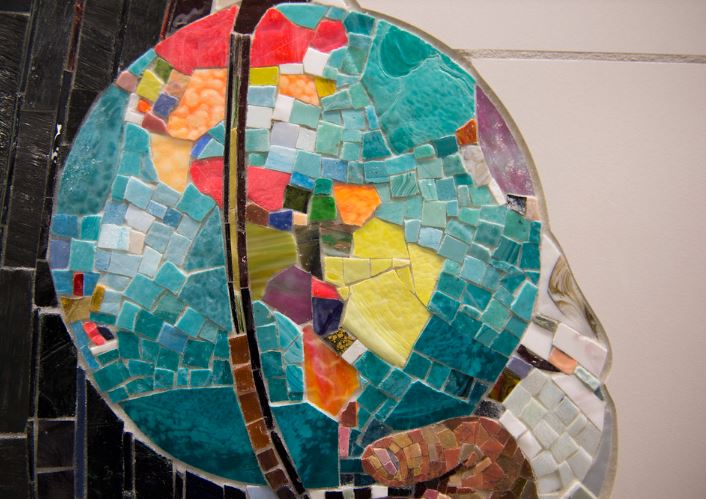
Aurora Robson: Aurora Robson is another prominent artist known for her work with waste materials, particularly plastic debris. Her sculptures often resemble organic forms, like flowers or sea creatures, crafted from thousands of pieces of discarded plastic. Through her work, Robson aims to highlight the environmental impact of plastic pollution while demonstrating the beauty that can be found in what is often considered trash.
El Anatsui: Ghanaian artist El Anatsui has gained international acclaim for his monumental installations made from discarded bottle caps and other scrap metals. His works, which often resemble flowing tapestries, explore themes of globalization, consumption, and the transformation of materials. Anatsui’s ability to turn humble, discarded objects into works of immense beauty and cultural significance has made him one of the most influential artists in the contemporary art world.
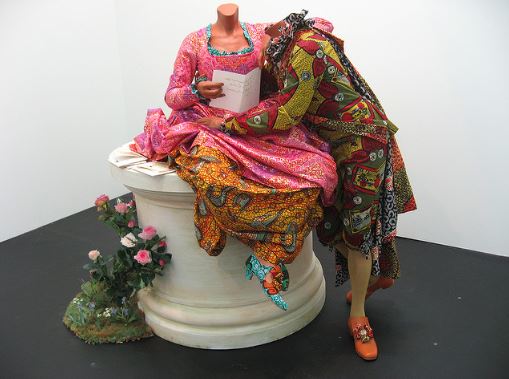
HA Schult: German artist HA Schult is known for his large-scale installations using trash, most famously his “Trash People” project. This ongoing work features life-sized human figures made entirely from crushed cans, electronic waste, and other debris. The “Trash People” have been exhibited in various iconic locations around the world, including the Great Wall of China and the Egyptian Pyramids, serving as a powerful reminder of the global scale of waste production and its impact on the environment.
The Impact of Landfill Art
Landfill art is more than just a creative outlet; it’s a form of activism that raises awareness about environmental issues and the consequences of our consumer habits. By transforming trash into art, these artists challenge us to rethink our relationship with waste and the environment. They remind us that the things we discard can have value and that with a little creativity, we can find beauty and meaning even in the most unlikely places.
Moreover, landfill art has the potential to inspire change on a broader scale. As more people encounter these works—whether in galleries, public spaces, or online—they are prompted to consider the impact of their own consumption patterns. This awareness can lead to more mindful choices, such as reducing single-use plastics, supporting recycling efforts, or participating in community clean-up initiatives.

In addition, landfill art can influence policy and industry practices. By highlighting the problems associated with waste, these artists contribute to the broader conversation about sustainability, encouraging governments and businesses to adopt more environmentally friendly practices.
Conclusion
Landfill art is a testament to the power of creativity and its ability to transform the mundane into the extraordinary. By turning trash into masterpieces, artists are not only creating visually stunning works but also sparking important conversations about waste, sustainability, and the environment. As the world continues to grapple with the challenges of waste management, landfill art offers a unique perspective on how we can find value and beauty in the things we discard. Through their work, these artists remind us that even in the most unexpected places, there is potential for renewal, transformation, and change.
Sources

Peter Lars has long been an advocate for reusing and recycling whenever you can. He has a passion for writing about every related to landfills and garbage dumps, and unlikely as that may seem.
Landfill Art: How Artists are Turning Trash into Creative Masterpieces
In a world where waste is often viewed as nothing…
Plastic Perils: How Single-Use Plastics are Filling Up America’s Landfills
Single-use plastics, those convenient yet disposable items like straws, bags,…
The History of Landfills in America: How Waste Management Evolved Over the Decades
The history of landfills in America is a fascinating journey…
The Circular Economy: Can It Solve America’s Landfill Problem?
As America grapples with its mounting landfill crisis, the concept…
Landfill Legacy: The Environmental Justice Issues Surrounding Waste Disposal in America
In the United States, the legacy of landfills is more…
The Role of Landfills in Climate Change: What Americans Need to Know
When we think about climate change, images of smokestacks, deforestation,…

